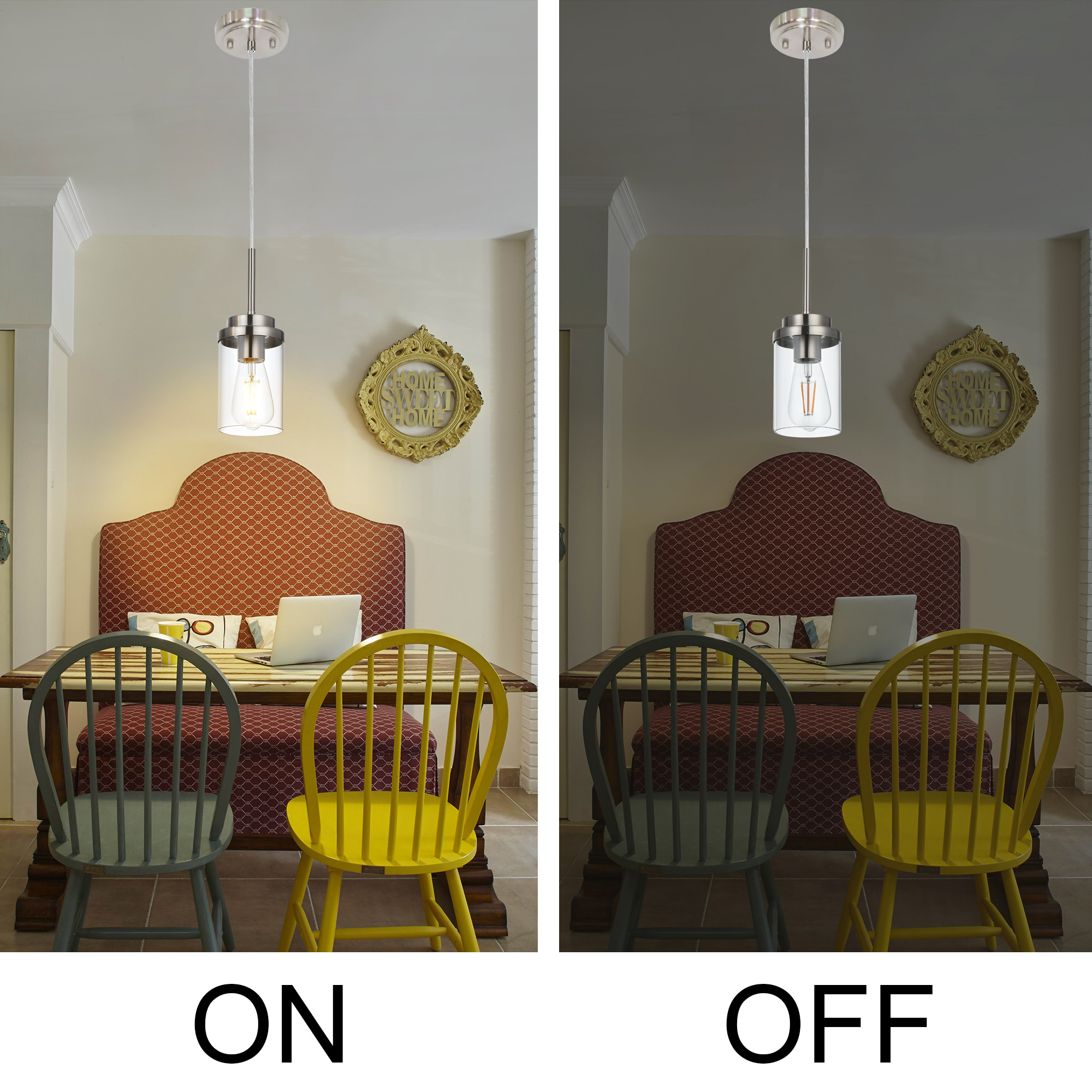how many pendant lights for island
How Many Pendant Lights for Island: A Comprehensive Guide
Introduction
The kitchen island is the heart of the modern home, serving as a central gathering spot for cooking, dining, and socializing. Pendant lights, with their combination of style and functionality, can transform an island into a focal point of the room. But how do you determine the right number of pendant lights for your island? This guide will walk you through the key considerations to ensure your space is both beautiful and well-lit.
Understanding the Importance of Pendant Lights
Pendant lights are not just decorative; they serve a practical purpose by providing illumination over the island. The right placement and number of lights can enhance the functionality and ambiance of your kitchen. Here’s how to get it right.
1. Measure Your Island
Before you even think about pendant lights, measure your kitchen island. The size of your island will dictate the number of lights you need. A general rule of thumb is to have one pendant light for every 2-3 feet of island length. However, this is not a strict guideline and can be adjusted based on the width of your island and the style of lights you choose.
2. Consider the Style of Pendant Lights

The style of your pendant lights can greatly impact how many you need. For instance, larger, statement-making pendants can cover more space and may require fewer lights. Conversely, smaller, more delicate pendants might need to be grouped together to provide sufficient lighting.
3. Think About the Function
How you use your kitchen island will also influence the number of pendant lights needed. If your island serves as a primary prep area, you may want more lights for better visibility. For a dining or socializing space, fewer pendants might suffice, provided they offer adequate lighting.
4. The Height of Your Ceiling
Ceiling height is another important factor. Higher ceilings can accommodate larger pendant lights or groups of pendants, while lower ceilings may require smaller, simpler designs. The general rule is to hang pendant lights about 30 inches above the island surface.
5. Balance and Symmetry
Achieving balance and symmetry is key to a visually appealing kitchen island. If your island is rectangular, consider placing pendants in a linear pattern. For circular or square islands, a centered pendant or a group of pendants can create a harmonious look.

6. Light Output
The brightness of your pendant lights is crucial. Ensure that the combined light output from your pendants matches the needs of your space. LED lights are a popular choice as they are energy-efficient and provide a consistent light output.
7. Personal Preference
Ultimately, the number of pendant lights for your island is a matter of personal preference. Some homeowners prefer a minimalist approach with fewer, larger lights, while others opt for multiple smaller pendants for a more eclectic look.
8. Professional Tips
Consulting with a lighting designer or interior decorator can provide valuable insights. They can help you choose the right number and style of pendant lights based on your specific space and needs.
Key Takeaways
- Measure your island to determine the space available for pendant lights.
- Style of pendant lights can affect the number needed.
- Consider the function of your island when deciding on the number of lights.
- Ceiling height can influence the size and style of pendant lights.
- Balance and symmetry are important for visual appeal.
- Ensure sufficient light output for your space.
- Personal preference plays a significant role in the final decision.
Conclusion
Determining the right number of pendant lights for your kitchen island is a balance between functionality, style, and personal preference. By considering the size of your island, the style of pendant lights, and the purpose of the space, you can create a lighting scheme that enhances the beauty and utility of your kitchen. Remember, there is no one-size-fits-all answer, and the best solution will depend on your unique space and tastes.

